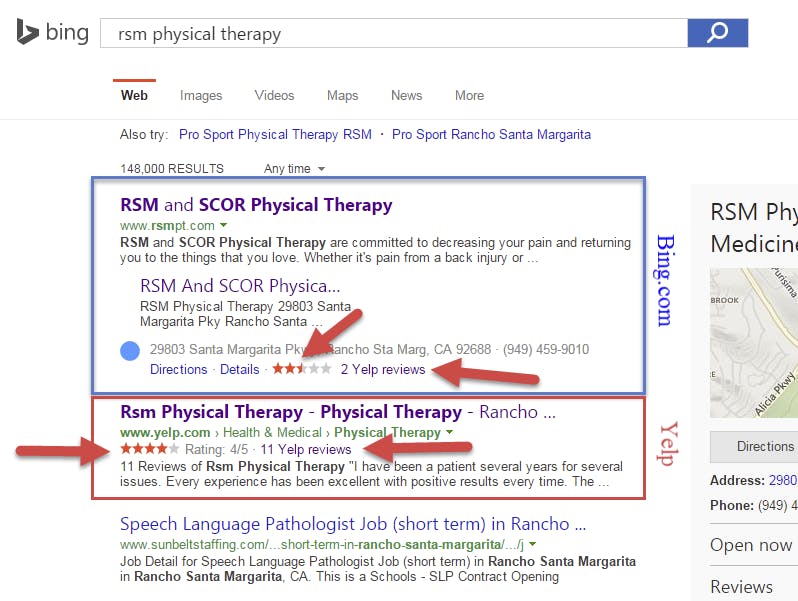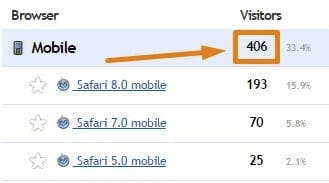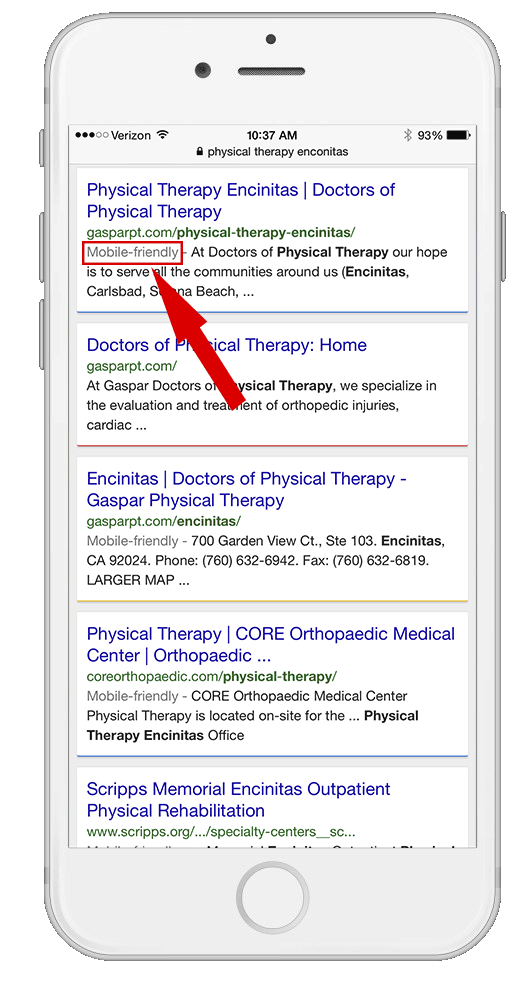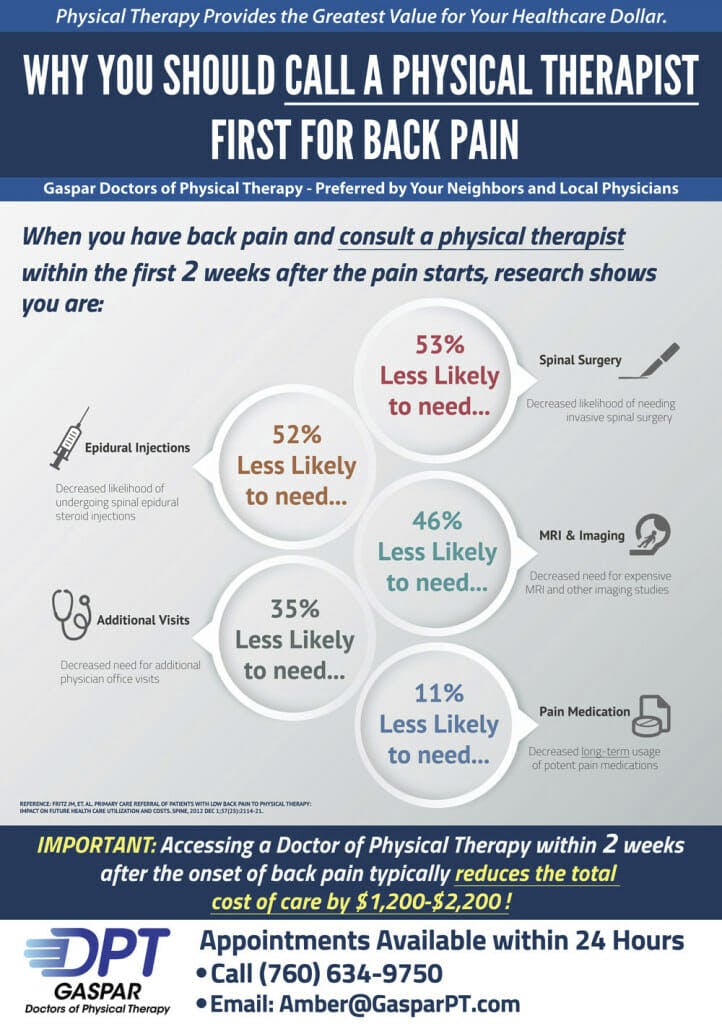
It’s a little ironic: you’re a physical therapist who improves the health of others, but when tasked with the overwhelming flood of information involved in online marketing, you become stressed, tense, and exhausted.
But there’s a quick relief valve to this stress: step back and look at the big picture — at the panorama that sits behind all of the little online chores of physical therapy marketing.
And, thankfully, this big picture is not complicated — yet so many businesses overlook a simple truth: marketing, in the end, marketing for small businesses, i.e. physical therapy practices, is about getting your market (doctors, current & past patients, and your community) to know, like and trust you. But obtaining that prized marketing goal requires an essential skill.
Being a Good Listener
Yes, online marketing involves plenty of techno-babble at times — terms like “scalable,” “metrics,” “big-data,” “viral,” or “growth hacking.”
But the heart of online marketing, or any marketing, thrives on something everyone can relate to: being a good listener.
In the ancient days of sales before the Internet, door-to-door salespeople — the really good ones who ran their numbers through the roof — all did one thing really well.
They listened.
They listened carefully and sincerely. They were comfortable with silence. They weren’t eager to steamroll their customers with non-stop pitching and strong-arm talking tactics. They asked good questions and then really listened to their customers until they pin-pointed that one red-hot need, that one cry for help that perfectly matched what their product offered.
Nothing has changed. Although you do not travel door-to-door conducting surveys on paper or pitching services, you are still listening. In the digital age, we now do much of our listening through screens. All of the online spheres — social media, data analytics, web design, e-newsletters — have become digital ears.
Superb Web Design: Making That Crucial First Impression
[pullquote1 quotes=”true” align=”right” variation=”steelblue” textColor=”#4c7c81″]In fact, over the last 6 weeks, across all of the mobile websites
E-rehab.com manages, we’ve logged over 5,000 calls. [/pullquote1]
If you fail to make a stellar first impression with someone you meet, they’re less likely to enter into a meaningful conversation with you. Your website — its visual appeal, navigational ease, functionality — has to be top-notch to earn the trust of visitors and create those conversations.
Physical therapy practice owners need a complete, state-of-the art online marketing system, and that’s exactly what we offer in our proven web design model. By combining Google, Yahoo!, and Bing-friendly content, an intuitive management Control Panel, an integrated blog, powerful visual appeal, and multiple calls-to-action, your site will create valuable conversations with visitors.
But desktop websites are only half of the equation. According to recent studies by Pew Internet, 34% of Internet users “go online mostly using their phones.” In fact, over the last 6 weeks, across all of the mobile websites E-rehab.com manages, we’ve logged over 5,000 calls. Mobile marketing grows every year in its dominance, and a powerful mobile website is a must. We design fast-loading, visually attractive mobile sites that will increase user engagement and attract both new and repeat visitors — in addition to many other features of mobile marketing, including QR code creation.
Search Engine Optimization
Part of being a good listener in the Screen Age means creating more conversations. We learn to listen well by doing it often. Search Engine Optimization (SEO) creates more opportunities for you to listen by bringing more traffic to your site.
But it’s more than just opening the floodgates and letting faceless IP addresses stampede through your web traffic stats. As search engines have evolved, it’s become more about search experience optimization. We make sure your website optimizes the experience for human beings, not the robot crawlers that scour the Internet. When a website creates helpful search experiences for prospects, search engines notice and this improves your ranking.
E-rehab helps you find that balance between excellent user experience in your site design and SEO guidelines that help your website stand out to search engines.
We can also determine your local SEO effectiveness and look for ways to position you more effectively among local prospects.
Effective local SEO helps you create more conversations with prospective patients in your community.
Patient Survey
And, of course, the direct approach is the best approach. E-rehab excels in creating attractive, easy-to-use, interactive patient surveys that can be delivered via email. We can post ratings, reviews, and survey results on your website and create dynamic charts. But most importantly, our services help you ask the right questions and listen to what your patients need.
Relief from Marketing Brain Freeze
When you reduce a complex system to its essentials, it’s a little easier to relax. When you know that the goal is attainable — that, when boiled down, marketing is simply about getting your community to know, like, and trust you– it makes the process less intimidating.
The bottom-line? Digital marketing doesn’t have to be a splitting headache. Contact us to see how we can alleviate your stress and help you listen well in our digital world.












